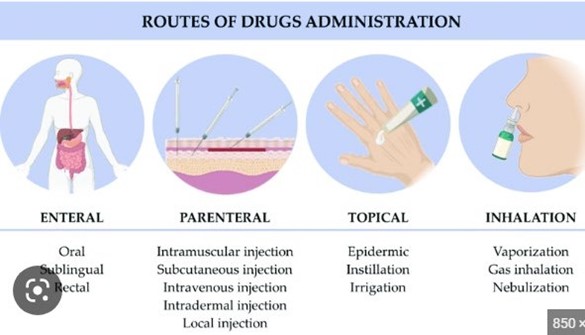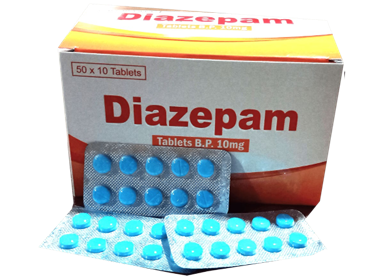Which of the following medication administration routes has the most rapid onset of action?
Sublingual
Intradermal
Subcutaneous
Intravenous
The Correct Answer is D
Intravenous (IV) administration of medication involves injecting the medication directly into a vein. This route of administration has the most rapid onset of action because the medication is delivered directly into the bloodstream and can be quickly distributed throughout the body.
Options a, b, and c are not correct because they do not have as rapid an onset of action as intravenous administration. Sublingual administration involves placing the medication under the tongue, where it is absorbed into the bloodstream through the mucous membranes. Intradermal administration involves injecting the medication into the top layer of the skin. Subcutaneous administration involves injecting the medication into the fat tissue just under the skin. While these routes can be effective for delivering medication, they do not have as rapid an onset of action as intravenous administration.

Nursing Test Bank
Naxlex Comprehensive Predictor Exams
Related Questions
Correct Answer is ["A","D"]
Explanation
A. Tolerance can develop over time and lead to the need for higher doses – This is correct because long-term use of clonazepam, like other benzodiazepines, can result in tolerance, potentially necessitating higher doses to achieve the same therapeutic effect.
B. Skip a dose if you need to drive – This is incorrect. Clients should be advised to take their medication as prescribed and consult their healthcare provider about driving, as clonazepam can impair coordination and reaction times.
C. Skip a dose if you plan to go out drinking with friends – This is incorrect. While it’s important to avoid alcohol when taking clonazepam due to the increased risk of sedation and respiratory depression, clients should not skip doses without consulting their healthcare provider.
D. Do not try to taper yourself off this medication without physician guidance – This is correct. Stopping clonazepam suddenly can lead to withdrawal symptoms and seizure recurrence, so any changes in medication should always be done under the guidance of a healthcare provider.
Correct Answer is A
Explanation
Diazepam is a benzodiazepine medication used to treat anxiety disorders. It works by enhancing the activity of certain neurotransmitters in the brain. A therapeutic outcome for this medication would be a decrease in anxiety and an improved ability to cope with stress.
Option B is not correct because it does not indicate whether the medication is effective or not.
Option C is not correct because it indicates that the client does not see a change in their symptoms.
Option D is not correct because it indicates that the client is self-medicating and increasing their dose without consulting their healthcare provider.

Whether you are a student looking to ace your exams or a practicing nurse seeking to enhance your expertise , our nursing education contents will empower you with the confidence and competence to make a difference in the lives of patients and become a respected leader in the healthcare field.
Visit Naxlex, invest in your future and unlock endless possibilities with our unparalleled nursing education contents today
Report Wrong Answer on the Current Question
Do you disagree with the answer? If yes, what is your expected answer? Explain.
Kindly be descriptive with the issue you are facing.
